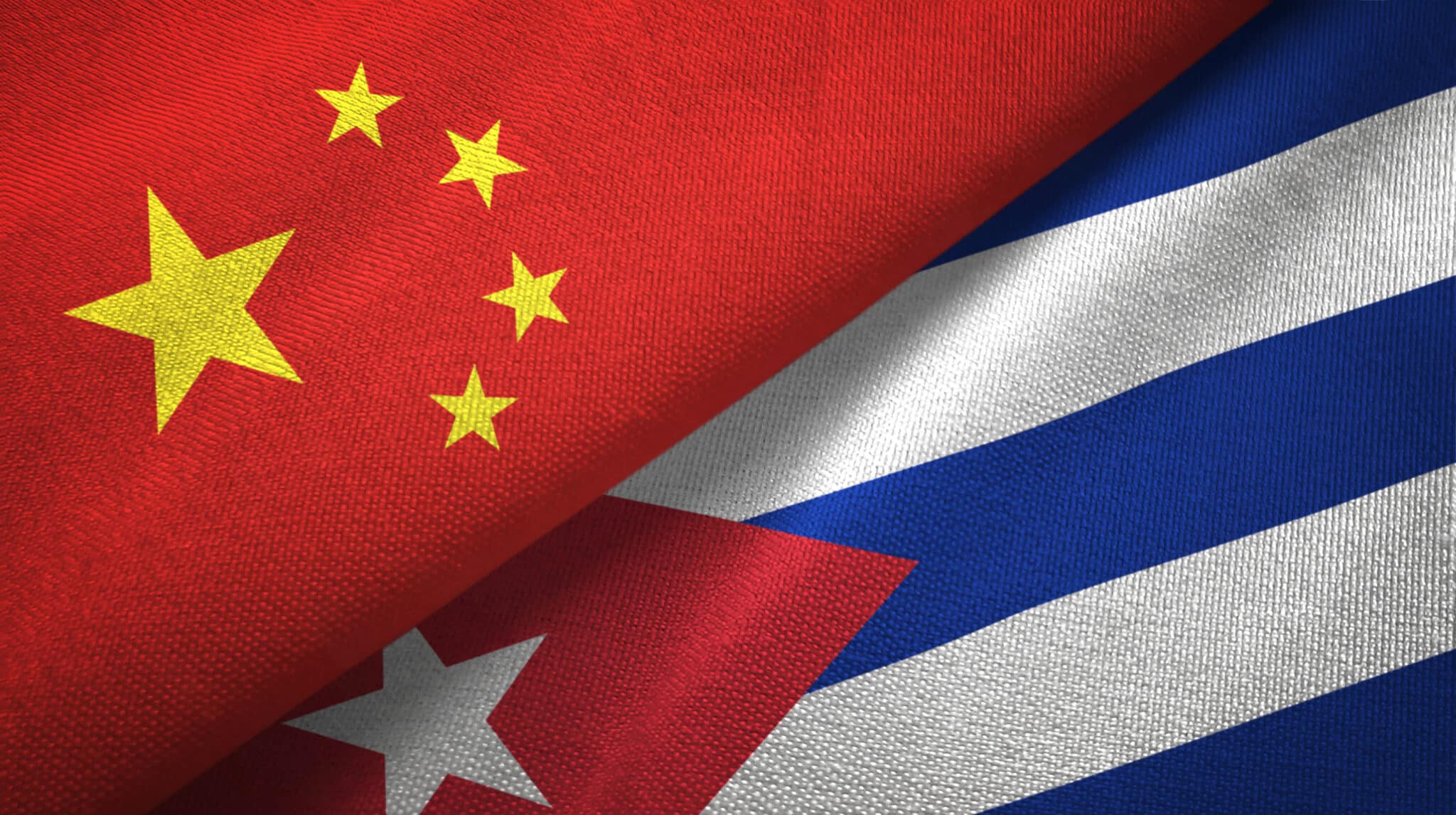The rise of China is one of the most dramatic stories of the last fifty years. But it isn’t just the story of a country half the world away—it’s playing out in America’s backyard right now.
China recently announced a new arrangement to help Cuba develop and modernize its power grid as part of its massive, trillion-dollar strategic gamble to embed itself around the globe, physically and financially – a plan known as the Belt and Road Initiative (BRI).
The BRI has been compared to the American Marshall Plan to rebuild Western Europe after World War II, but in truth, the BRI dwarfs the Marshall Plan in cost and scope.
In the last 20 years China has displaced the United States as the largest trading partner for almost half of Latin American nations, according to the Daily Mail, swelling from $12 billion to $315 billion between 2000 and 2020.
For the United States, this raises the troubling specter of Chinese influence transitioning from largely economic deals to political and military partnerships. China is not entering this game blindly however. They are arguably harkening back to the Good Neighbor Policy that President Franklin D. Roosevelt espoused when he took office in 1933.
The American relationship with its southern neighbors has fluctuated from one of military intervention to economic investment. FDR’s approach of peaceful engagement followed decades of US military interventions in the region, but the onset of the Cold War barely a decade later put coercion front and center again.
After Cold War, however, Washington’s strategic focus shifted away from Latin America. The wars on drugs and terror, as well as immigration, have driven American policy in the region since.
While America looked away, China seized the initiative.
Chinese firms have bought up Brazilian ports, Chilean energy providers, and invested heavily in transportation in Colombia and elsewhere. The recent deal made with Cuba could even be seen as part of a new phase in Sino-Cuban relations.
Cuba’s autocratic regime has had trouble adapting to life after the Castros, and with the United States backtracking on recent calls for openness, the Chinese may represent a stabilizing force in a country struggling to find its footing.
In recent years, the United States has made some efforts to reengage with its Latin American partners (including Cuba), and President Biden has appointed Vice President Harris as the point-person on jump-starting relations. But the lack of a coherent strategy still leaves US officials treading water as China reaps the fruits of its investments. China, however, faces major distractions at home that could provide the Biden Administration with much needed opportunity to formulate a game plan.
President Biden has to decide whether America will remain the absent neighbor or become an engaged good neighbor once again.

